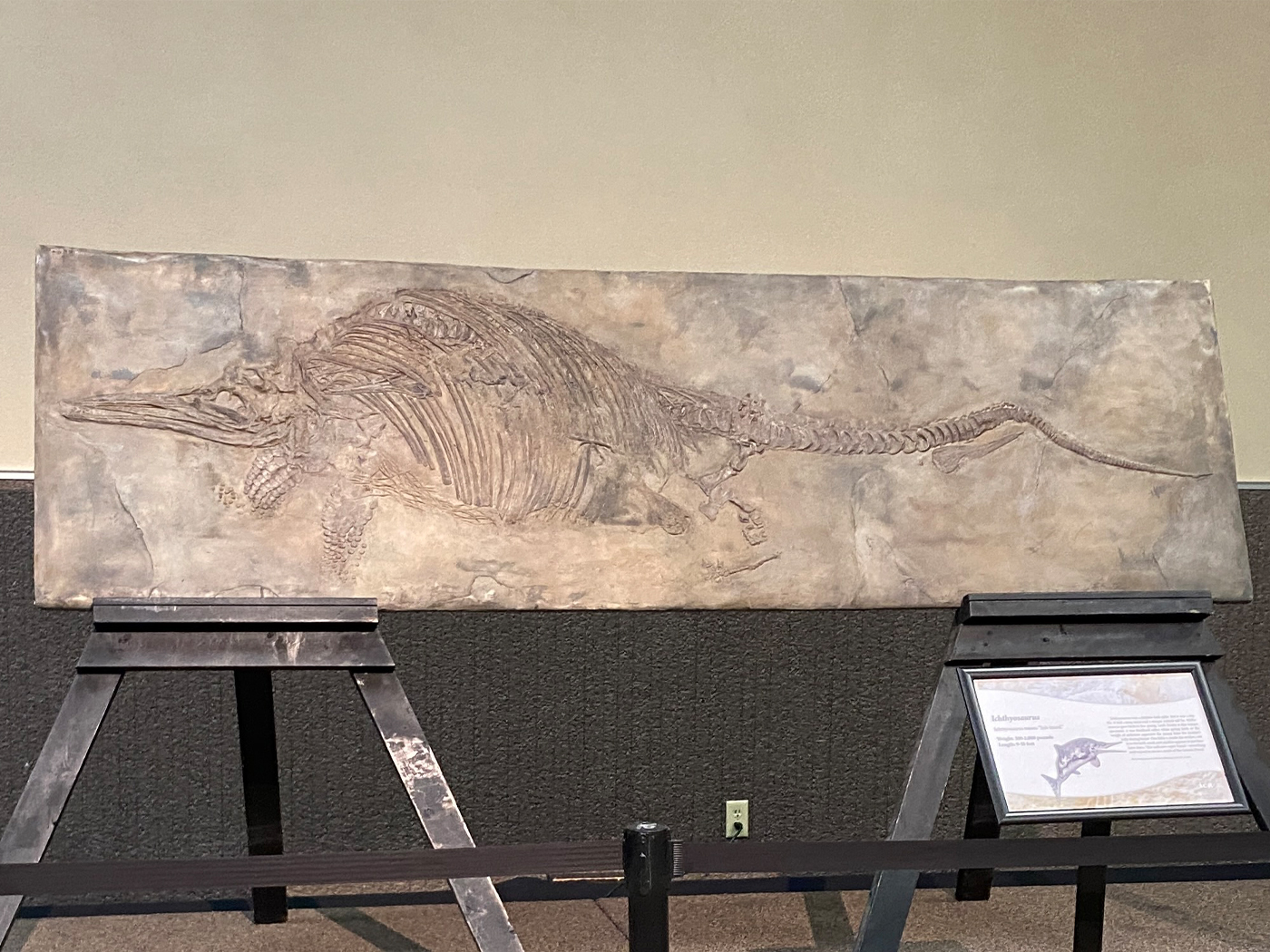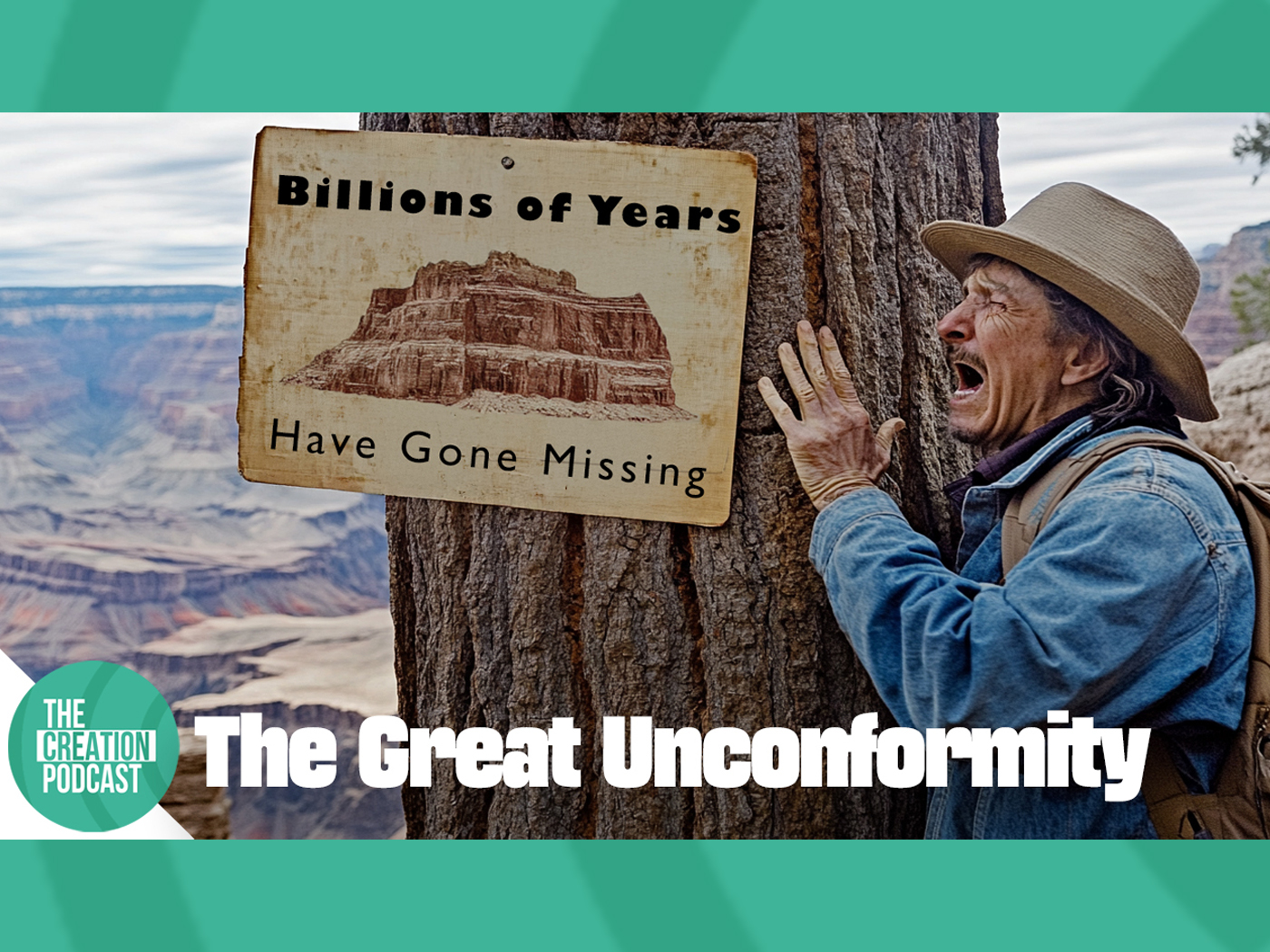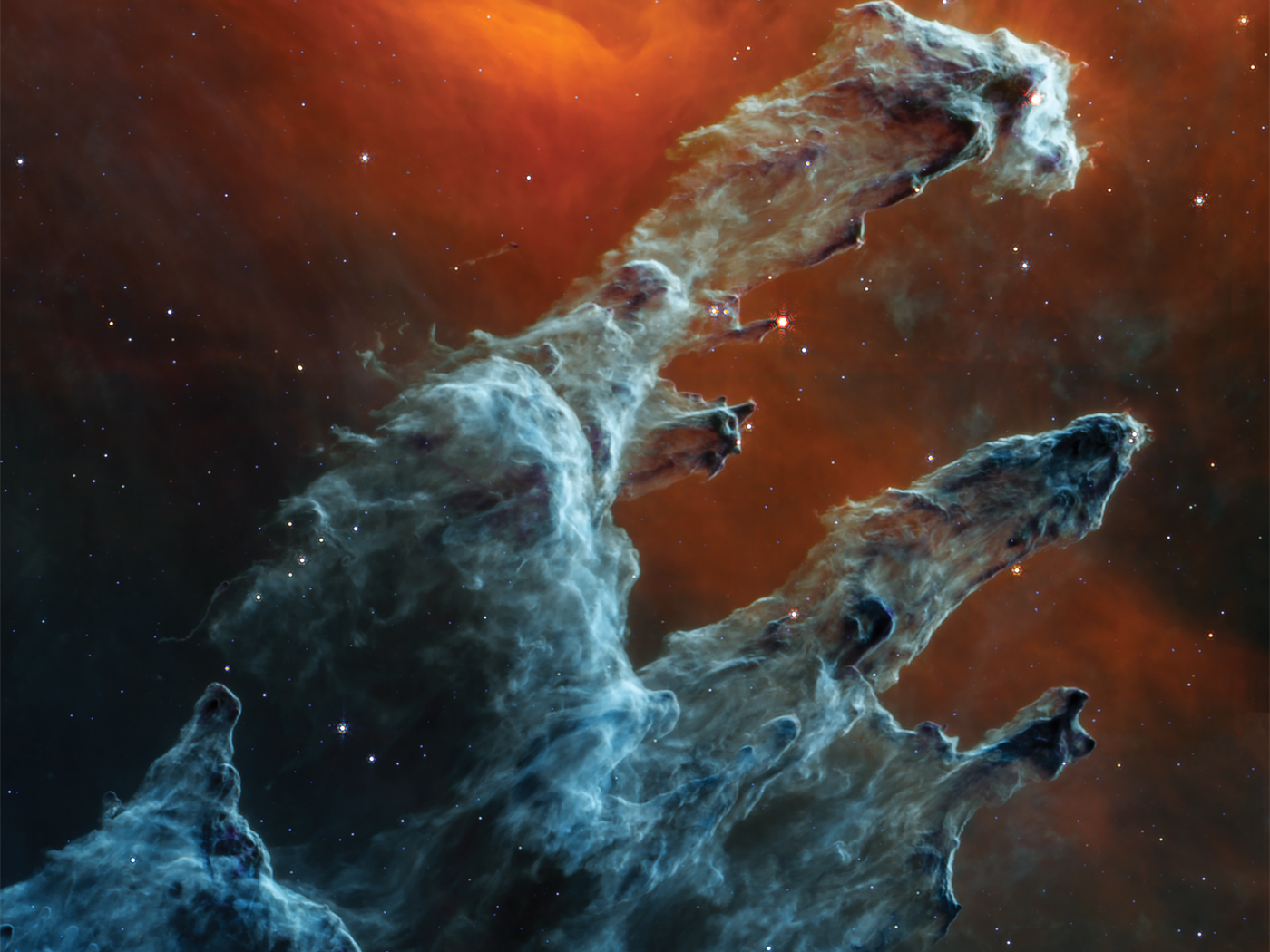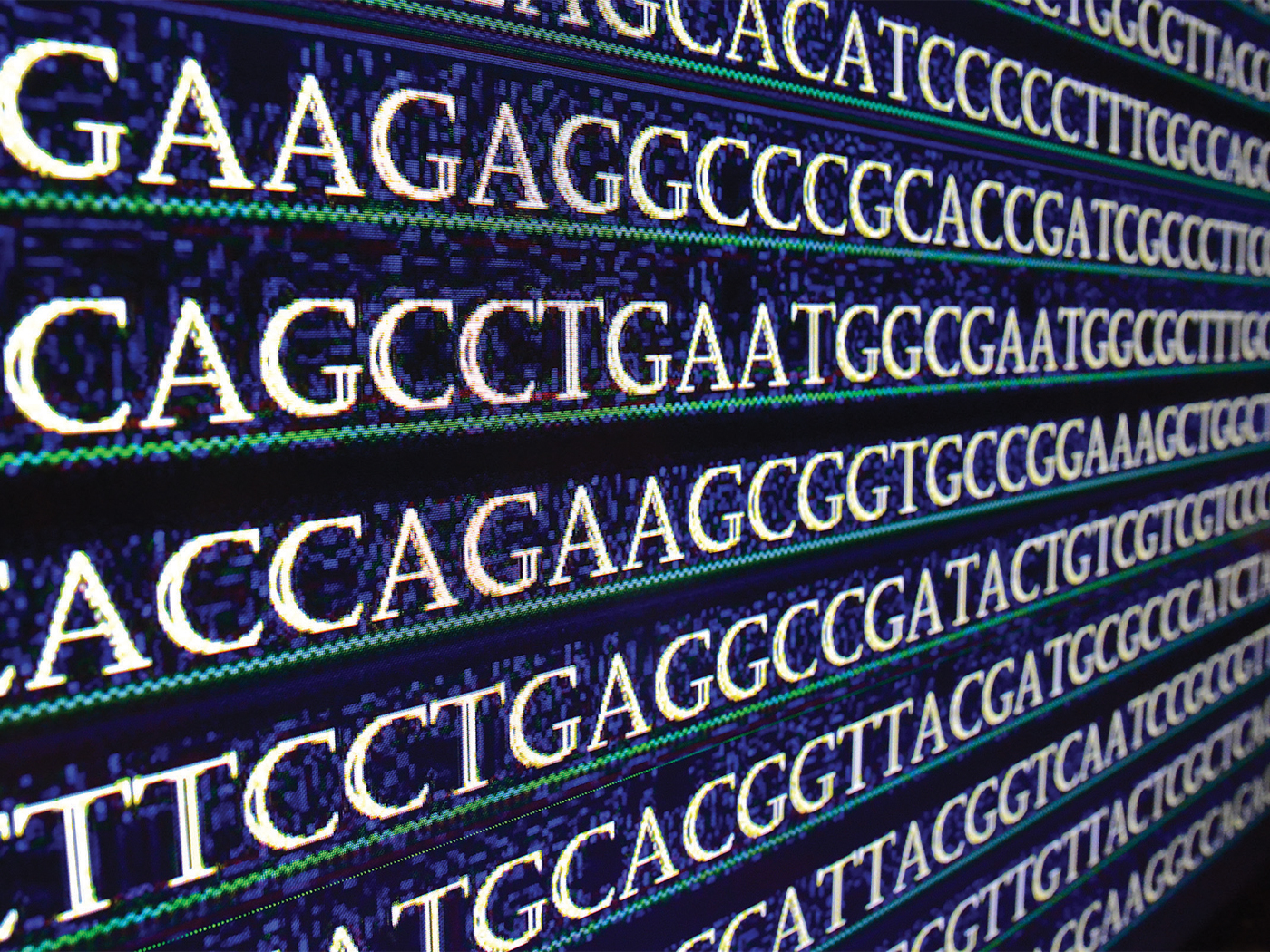In the two years since RATE (Radioisotopes and the Age of the Earth) reported its findings in several books, articles, and documentaries, the response within the creationist community has been generally positive concerning the quality of the work and the significance of the findings. However, some have raised legitimate questions, particularly regarding the concept of accelerated decay, its production of heat, and its theological implications.
In this first of several columns I would like to review some of the considerations the RATE group encountered when the project first began. In future columns I will discuss the implications of the research and its limitations.
In 1997, the newly-formed RATE team of scientists wrestled with how to approach the issue of radioisotopes and their bearing on the age of the earth. The conflict? The billions-of-years timeframe taught in the conventional scientific community versus the thousands-of-years timeframe of the Bible.
Could the study of the rates at which radioactive decay had occurred in the past solve this issue? Success by this approach meant that the decay of parent isotopes and the production of daughter isotopes would have occurred at rates many orders of magnitude greater than the conventional view. The RATE team knew it would be breaking new ground.
The concept of so-called accelerated decay was highly controversial and would not be easily accepted by the scientific community without strong supporting evidence. Global catastrophic events, possibly even cosmic catastrophic events, had to have operated at scales and speeds far beyond anything observed today. Until recently it had been believed that the rate of nuclear decay could only be changed by, at most, a few tenths of a percent even under rather extreme temperature, pressure, and chemical conditions.
Thus, the basic hypothesis of this view required some overt action by God at one or more periods within the mass-space-time continuum of earth history. Of course, any reference to supernatural intervention is strictly taboo according to the conventional definition of the scientific method today. Even scientists who are Christians often react negatively to such suggestions.
While literature review and research design were progressing, two additional hypotheses were considered. They were: (1) Large initial concentrations of daughter isotopes in the mantle that were mixed into the crust on Day 3 of Creation week, and (2) large concentrations of daughter elements produced during the six days of Creation week that were later mixed into the crust by the Genesis Flood. Both required supernatural action by the Creator, occurring either at the very beginning of time or during the early events of the Creation week. Processes subsequent to these supernatural events could be studied by conventional scientific methods and would be less controversial. These alternative hypotheses were initially considered in parallel with accelerated decay.
With the publication of the first RATE book in 2000, accelerated decay was determined to be the primary research hypothesis. The other two concepts would be investigated secondarily. In fact, the final explanations offered by this study are actually a combination of all three hypotheses.
Accelerated decay during several periods of earth history became the primary hypothesis because evidence had accumulated that a large amount of nuclear decay had occurred in the rocks after the initial Creation. Some of the decay may have occurred during the Creation events, but a large amount must have also occurred during later periods, such as the Genesis Flood. Some accelerated decay had apparently occurred during and following the Flood, even up until recently, with evidence seen in the presence of fission tracks, radiohalos, and residual helium in rocks containing uranium and other radioactive elements associated with Flood rocks.
Most creationists who had previously considered this problem believed that the large quantity of daughter isotopes present today were formed primarily during Creation and that the concentration of daughter isotopes was non-zero when time began. If this were true, then the problem could be solved simply by resetting our clocks to account for this non-zero starting point. However, the evidence said otherwise.
Thus, the RATE research was bound by two major constraints—the clear statements of Scripture that the time since Creation was only thousands of years, and the evidence that a lot of nuclear decay had occurred since Creation.
*Dr. Vardiman is Professor of Atmospheric Science and Director of Research.
Cite this article: Vardiman, L. 2007. RATE in Review. Acts & Facts. 36 (10): 6.














